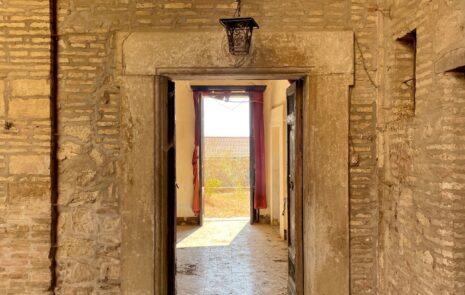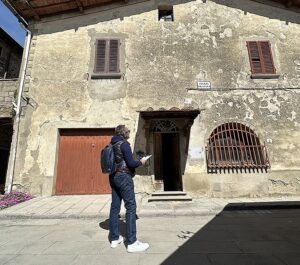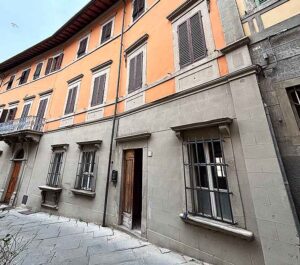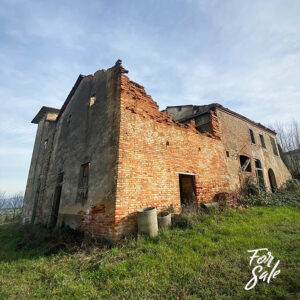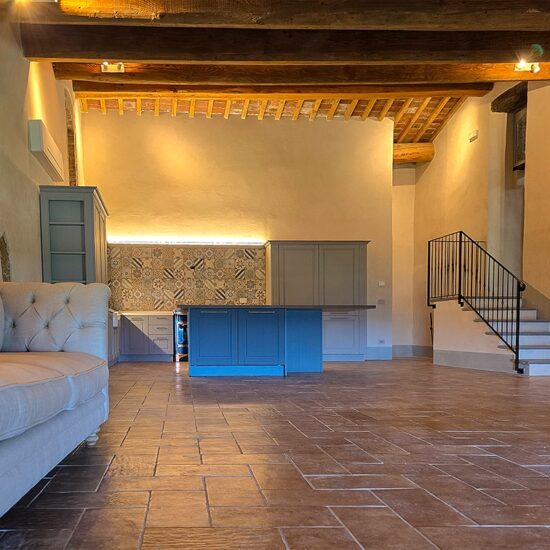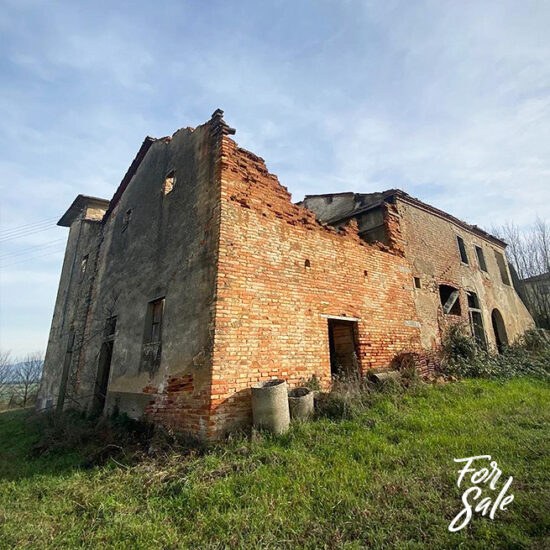Amo ng the wonders and beauties that Umbria preserves and hides, a special place must certainly be reserved for the town of Gualdo Cattaneo, an enchanting ancient village, with a medieval flavor, where walking through its streets and admiring its architectural beauties will have the spirit of a journey through time, to discover ancient customs and traditions of a certainly interesting history. Our next property under renovation is found within these town walls.
ng the wonders and beauties that Umbria preserves and hides, a special place must certainly be reserved for the town of Gualdo Cattaneo, an enchanting ancient village, with a medieval flavor, where walking through its streets and admiring its architectural beauties will have the spirit of a journey through time, to discover ancient customs and traditions of a certainly interesting history. Our next property under renovation is found within these town walls.

HISTORY of the TOWN
The foundation of the ancient “Gualdum Captaneorum”, a castle perched on the slopes of the Martani Mountains, dates back to 975, when Count Edoardo Cattaneo, vassal of Emperor Otto II of Saxony, received it as a fief and built a fortress there. It certainly had Lombard origins: the toponym Gualdo derives from “Wald” (forest, wood) and Cattaneo from “Captaneorum” (captains, lords in the service of the king).
Due to its military strategic position, it was often at the center of bitter disputes and alternating dominations between Foligno and Spoleto. In 1198 it became a fief of the Duchy of Spoleto: later, Foligno resumed dominion over Gualdo Cattaneo and kept it until 1439 when the city was annexed to the Papal State and, except for the Napoleonic period, the Church retained the dominion until the Unification of ‘Italy (1860).
 On the main square of the village stands the mighty Rocca, a fortress in the shape of an equilateral triangle with three towers communicating with each other and underground streets with the underlying castle walls. Interesting is the church of Sant’Agostino, from 1136 with frescoes from the Foligno school, the parish church dedicated to Saints Antonio and Antonino (1260), renovated in the nineteenth century, with an elegant Romanesque crypt also called an underground church, which preserves the saints, and the church of Sant’Andrea, Romanesque, but rebuilt in 1804. Pictures below
On the main square of the village stands the mighty Rocca, a fortress in the shape of an equilateral triangle with three towers communicating with each other and underground streets with the underlying castle walls. Interesting is the church of Sant’Agostino, from 1136 with frescoes from the Foligno school, the parish church dedicated to Saints Antonio and Antonino (1260), renovated in the nineteenth century, with an elegant Romanesque crypt also called an underground church, which preserves the saints, and the church of Sant’Andrea, Romanesque, but rebuilt in 1804. Pictures below


LA ROCCA DEI BORGIA
Begun in 1494, the Rocca was designed according to the military standards of the time, in which the advent of artillery was substantially changing the appearance of all defensive structures.  The fortress, called “Dei Borgia” in honor of Pope Alexander VI, was completed in 1500. The first castellan was Giovanni I Olivieri from Foligno who was obliged to reside permanently in the fortress with the entire garrison.
The fortress, called “Dei Borgia” in honor of Pope Alexander VI, was completed in 1500. The first castellan was Giovanni I Olivieri from Foligno who was obliged to reside permanently in the fortress with the entire garrison.
Perugia was always opposed to this defensive construction, so much so that it sent a military contingent led by Orsini to bring it down; the assaults were vain, both for the validity of the structure, conceived to autonomously resist even a long siege, and for the courage of the commander Crispoldi of Foligno.
In 1624 the fortress hosted Galileo Galilei, who stayed there for a few days, who wrote: “it is a small compendium of the universe”. In the second half of the seventeenth century, the military complex underwent constant deterioration, so much so that in 1695 adequate restoration works were required at the expense of the municipality of Foligno. In 1877 the building was still in serious decay and part of the corbels had collapsed; these were restored with the restoration of 1955.
The Rocca has a unique conformation- it has the shape of an equilateral triangle in which a round and truncated cone-shaped tower corresponds to each vertex, intercommunicating with the others through underground walkways. The highest tower has a base of 80 meters in circumference and a height of 20 meters and dominates the whole village; it consists of 5 floors where there are all the housing elements necessary for the defense and residence of the garrison.
OUR PROPERTY FOR SALE 
Certainly linked in history to the Rocca, given its boundary wall and door at the height of a “rider on horseback”. The most widespread opinion is that our property was the guesthouse, a place of refreshment and rest for the knights who were friends of the feudal lord.
The imposing entrance area with arches and a well, ideal for sheltering horses, as well as the size of the rooms and the fine ceilings inside, contribute to giving a prestigious look to the passing cavaliers.



